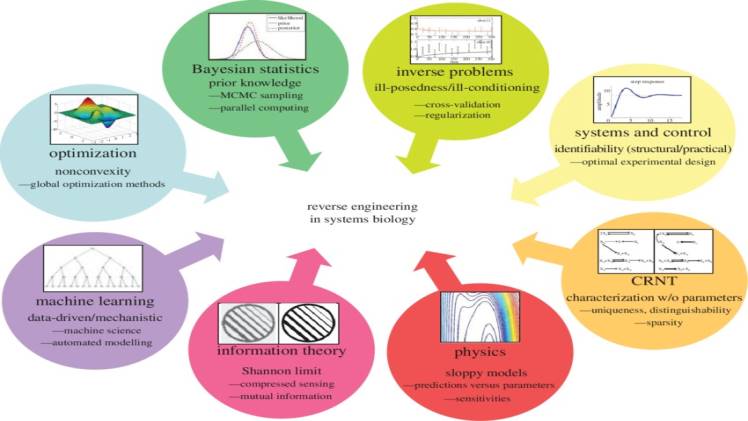Educational Perspectives: Using Online Color Prediction as a Teaching Tool

In today’s digital age, educators are constantly seeking innovative ways to engage students and enhance learning experiences. One such tool gaining traction in educational settings is online color prediction. By incorporating principles of color psychology and data analysis, educators are leveraging color prediction platforms to stimulate critical thinking, foster creativity, and deepen students’ understanding of various subjects. Let’s explore how online color prediction is transforming the educational landscape and reshaping teaching methodologies.
1. Understanding Color Psychology
Color plays a profound role in shaping human perception, emotions, and behavior. In the classroom, educators can utilize online color prediction tools to introduce students to the fundamentals of color psychology. By analyzing color preferences across different demographics and cultural contexts, students gain insights into how color influences mood, cognition, and decision-making. Through hands-on exercises and interactive demonstrations, educators can encourage students to explore the psychological effects of color and apply this knowledge to various disciplines, from art and design to marketing and neuroscience.
2. Integrating Data Analysis Skills
In an increasingly data-driven world, proficiency in data analysis is a valuable skill for students to acquire. Online color prediction on ok win provides a practical and engaging platform for students to develop data analysis skills within a familiar context. By examining large datasets of color usage and trends, students learn how to collect, organize, and interpret data to make informed predictions. This hands-on approach not only strengthens students’ analytical abilities but also reinforces concepts such as statistical inference, pattern recognition, and hypothesis testing. Moreover, integrating data analysis into the curriculum prepares students for future careers in fields such as data science, market research, and digital marketing.
3. Enhancing Visual Literacy
Visual literacy, the ability to interpret and create visual messages, is an essential skill in today’s media-rich environment. Online color prediction offers a unique opportunity for students to enhance their visual literacy by dissecting the visual elements of color schemes and design compositions. Through interactive exercises and collaborative projects, students learn to analyze the use of color in various contexts, including graphic design, advertising, and web development. By examining the interplay between color, typography, and imagery, students develop a deeper appreciation for the visual language and its impact on communication and aesthetics.
4. Stimulating Creativity and Design Thinking
Color prediction can serve as a catalyst for creativity and design thinking in the classroom. By challenging students to predict future color trends or create innovative color palettes, educators inspire creative exploration and experimentation. Through hands-on activities such as color mixing, digital painting, and mood board creation, students unleash their imagination and express themselves visually. Moreover, by encouraging students to consider the emotional and symbolic significance of colors in their designs, educators foster empathy, cultural awareness, and sensitivity to diverse perspectives. This holistic approach to creativity nurtures students’ ability to think critically, solve problems, and communicate effectively in an increasingly visual world.
5. Promoting Interdisciplinary Learning
One of the key advantages of online color prediction as a teaching tool is its interdisciplinary nature. Color intersects with a wide range of disciplines, including art, science, psychology, sociology, and technology. By integrating color prediction into interdisciplinary projects and curriculum units, educators facilitate connections across subject areas and promote holistic learning experiences. For example, students might explore the physics of color perception, the cultural significance of color symbolism, or the role of color in environmental design. By bridging disciplinary boundaries, educators cultivate students’ ability to think creatively, make connections, and tackle complex real-world problems from multiple perspectives.
Conclusion:
In conclusion, online color prediction offers a versatile and engaging platform for educators to enrich teaching and learning experiences across diverse subjects and grade levels. By harnessing the power of color psychology, data analysis, visual literacy, creativity, and interdisciplinary learning, educators can empower students to think critically, communicate effectively, and thrive in an increasingly complex and interconnected world. As educators continue to embrace innovative teaching tools and methodologies, online color prediction stands out as a valuable resource for fostering student engagement, curiosity, and lifelong learning.



